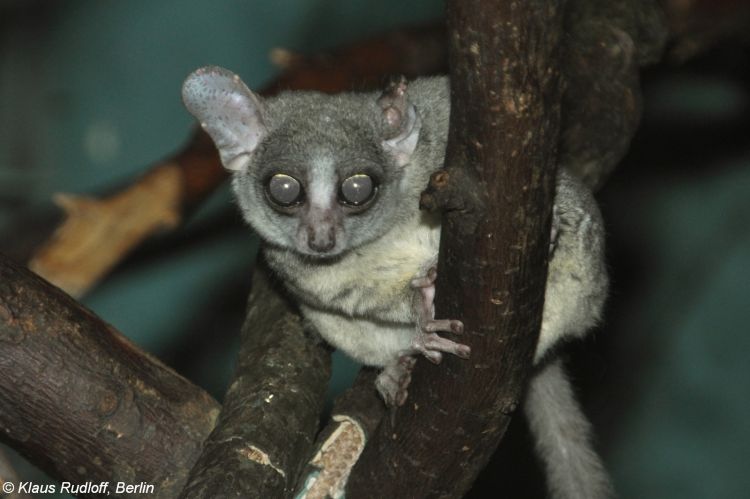Where do I live?
Galago senegalensis is usually adapted to survive in drier areas as
they are usually spotted in the Sub- Saharan and savannah regions of
Africa. This constitutes mainly of a lot of the African countries
along the equator, down to the northern part of South Africa. The
countries were there has been numerous sightings include Nigeria,
Ethiopia, Zimbabwe, Namibia, Tanzania and the Democratic Republic of
Congo. An example of a famous place these primates can be found, is
the Udzungwa Mountains in Southern Kenya (Rovero et al. 2009).
They are usually around dense bushy environment and savannah
woodlands. Their thick fur and adaptations on their feet and hands
make for them to be efficient climbers. They tend to dwell very well
around Acacia trees and riverine niches to survive. Their numbers in
the population are usually stable and they nest together in groups of
two or more. Due to their wide spread of their population all
throughout the sub Saharan regions of Africa, they exhibit tolerance
to temperature variations and are usually seen foraging at night.
These tropical forests are also homes to various other animals that
include chimpanzees, apes, yellow baboons, and some species of monkey
known as Chlorocebus pygerythrus (vervet monkey) (Rovero et al. 2009).
The wide range of terrestrial land affect the distribution of the bush
babies. The number of this organism varies from country to country.
Looking at the places occurrences have been recorded can access the
spread of these primates. The area with is marked by Senegal (ca.
16°N) to the Gulf of Aden (ca. 15°N), the galagos have been found to
occupy the coastal forest out west and parts of Sahara (Rovero et al.
2009). It is suspected that G. senegalensis is the only lesser galago
in the area of the savannah, while it is coexistent with Otolemur
crassicaudatus in parts of East Africa (Nash et al. 1989) G.
senegalensis are established to reside typically in terrestrial biomes
that constitute forests and woodlands, multicellular organism like
Saddle-Billed Stork,
Cane
toad,
palm trees and
honeybees
are associated with these areas as well. We will see in interactions
how plants, animals and even terrain shape out how bush babies are
linked with the world.